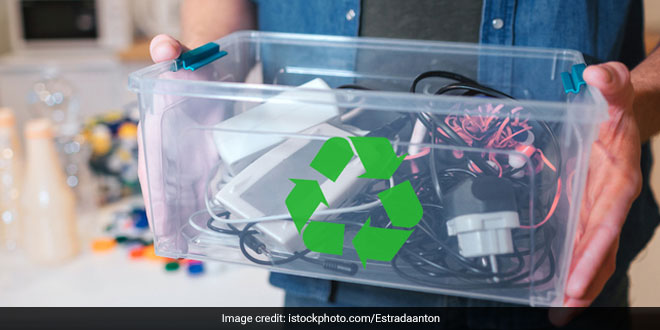As technology continues to advance at a rapid pace, our reliance on electronic devices grows exponentially. While the latest gadgets bring convenience and entertainment into our lives, it’s crucial to address the environmental impact of electronic waste, commonly known as e-waste. In this article, we will explore the importance of e-waste recycling and provide you with practical tips on how to responsibly dispose of your old electronics.
Understanding E-Waste Recycling
E-waste refers to discarded electronic devices such as smartphones, laptops, televisions, and appliances. These items contain various hazardous materials, including lead, mercury, cadmium, and brominated flame retardants. When improperly disposed of, these substances can pose significant risks to human health and the environment.
E-waste recycling aims to recover valuable materials from old electronics while ensuring that hazardous components are handled and disposed of safely. Recycling not only conserves natural resources but also reduces pollution and the need for raw material extraction. By recycling our e-waste, we can contribute to a more sustainable future.
How to Responsibly Dispose of Your Old Electronics
-
Research E-Waste Recycling Programs
Before discarding your old electronics, research local e-waste recycling programs in your area. Many municipalities, retailers, and manufacturers offer e-waste collection services or designated drop-off points. These programs ensure that your electronics are properly recycled and prevent them from ending up in landfills.
-
Donate or Sell Functional Electronics
If your old electronics are still in working condition, consider donating or selling them. Many charitable organizations accept functional electronics and distribute them to those in need. Online marketplaces and trade-in programs provide convenient platforms to sell or exchange your devices, extending their lifespan and reducing e-waste.
-
Securely Erase Personal Data
Before recycling or donating your electronics, it’s essential to protect your personal information. Ensure that all sensitive data is securely erased from your devices. Perform a factory reset or use specialized data-wiping software to remove personal files, passwords, and any stored information. This step ensures your privacy and prevents unauthorized access to your data.
-
Separate Batteries and Small Components
When preparing your electronics for recycling, remember to remove batteries and other small components. Batteries require special handling due to their chemical composition and potential for leakage. Many retailers and recycling centers have specific programs for battery recycling. Additionally, separate any cords, cables, and accessories, as they can be recycled or reused separately.
-
Recycle Responsibly
When visiting an e-waste recycling drop-off point or collection event, follow the guidelines provided by the recycling facility. They may request specific information, such as the make, model, and condition of your devices. Be prepared to answer any questions and provide accurate details. By adhering to these guidelines, you contribute to the efficiency of the recycling process.
E-waste recycling is a crucial step toward mitigating the environmental impact of our technological advancements. By responsibly disposing of our old electronics, we can protect our planet from the harmful effects of hazardous materials and promote the sustainable use of resources. Remember to research local e-waste recycling programs, donate or sell functional devices, securely erase personal data, and separate batteries and small components. Together, we can make a positive impact and ensure a cleaner, greener future. Start recycling your e-waste today and inspire others to do the same.










